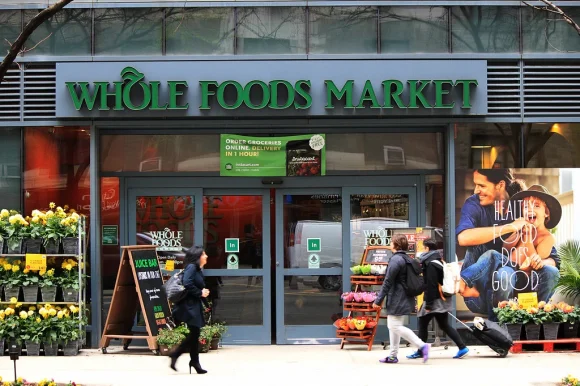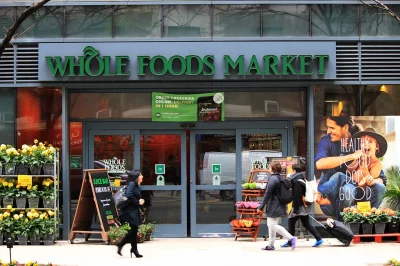Instacart, the grocery delivery titan founded in 2012, has entered the stock market. And it’s going very well.
After filing its initial public offering (IPO) successfully end of August, its shares were priced at $30 per share, and as trading commenced on the Nasdaq stock exchange, they surged to a peak of $42.95 within the first few minutes.
By the end of the first day, Instacart’s shares had soared by 12.3% to settle at $33.70, propelling the company’s market value to an impressive figure exceeding $11 billion.
Second time lucky
This IPO has been a long-awaited step for Instacart. The company had initially filed for an IPO in May 2022 but decided to delay its plans amidst turbulent market conditions fueled by recession concerns.
Instacart successfully raised a substantial $660 million by offering 22 million shares for $30 each. Despite the lowered valuation compared to its 2021 valuation of $39 billion following a fundraising round, Instacart’s market value now stands at around $10 billion.
Undoubtedly, it holds a dominant position in the grocery delivery space, offering delivery and pickup services from more than 80,000 stores. That represents a staggering 85% of U.S. grocers. It relies on a network of 600,000 freelance shoppers. Also, it provides in-store technology, such as smart carts and electronic shelf tags, while generating revenue through online advertisements for food companies and retailers.
The company’s a substantial customer base of 7.7 million active customers who spend approximately $317 monthly on the platform.
Backing grocery delivery
In a recent letter to investors, CEO Fidji Simo highlighted the immense potential in the grocery delivery sector. He detailed that despite the US grocery market being a $1.1 trillion industry, only 12% of sales occur online.
Simo, a former Facebook executive who became Instacart’s CEO in 2021 wrote in the letter: “We have demonstrated our ability to help our retail partners drive strong growth and stay competitive in a complex and increasingly digital industry.”
Although the grocery delivery market experienced explosive growth during the early days of the pandemic, it has since stabilized. The market remains roughly four times larger than it was in 2019, according to David Bishop, a partner and lead researcher at Brick Meets Click, a consulting firm specializing in online grocery shopping. Nevertheless, this market is becoming increasingly competitive. According to APNews, Instacart faces mounting competition from Uber Eats and DoorDash, which entered the grocery delivery space in 2020. As of August, Instacart controlled a 70% share of the third-party US grocery delivery market, with DoorDash holding approximately 10%. The food delivery company recently expanded its offerings by adding more US grocers.











